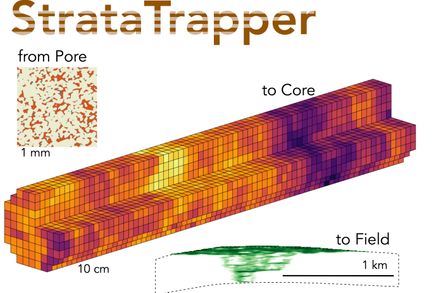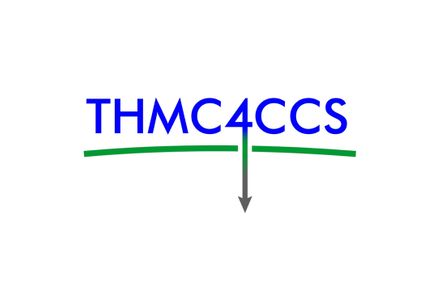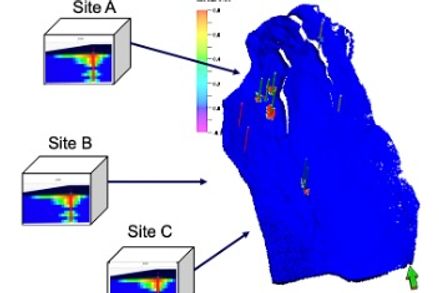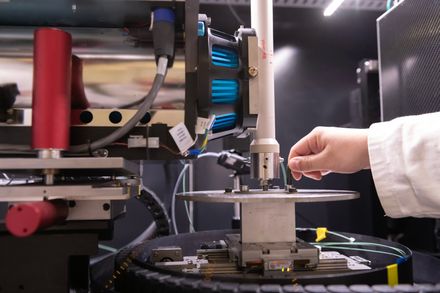BibTex format
@article{Lin:2019:10.1103/PhysRevE.99.063105,
author = {Lin, Q and Bijeljic, B and Berg, S and Pini, R and Blunt, MJ and Krevor, S},
doi = {10.1103/PhysRevE.99.063105},
journal = {Physical Review E},
pages = {063105--1--063105--13},
title = {Minimal surfaces in porous media: Pore-scale imaging of multiphase flow in an altered-wettability Bentheimer sandstone},
url = {http://dx.doi.org/10.1103/PhysRevE.99.063105},
volume = {99},
year = {2019}
}





